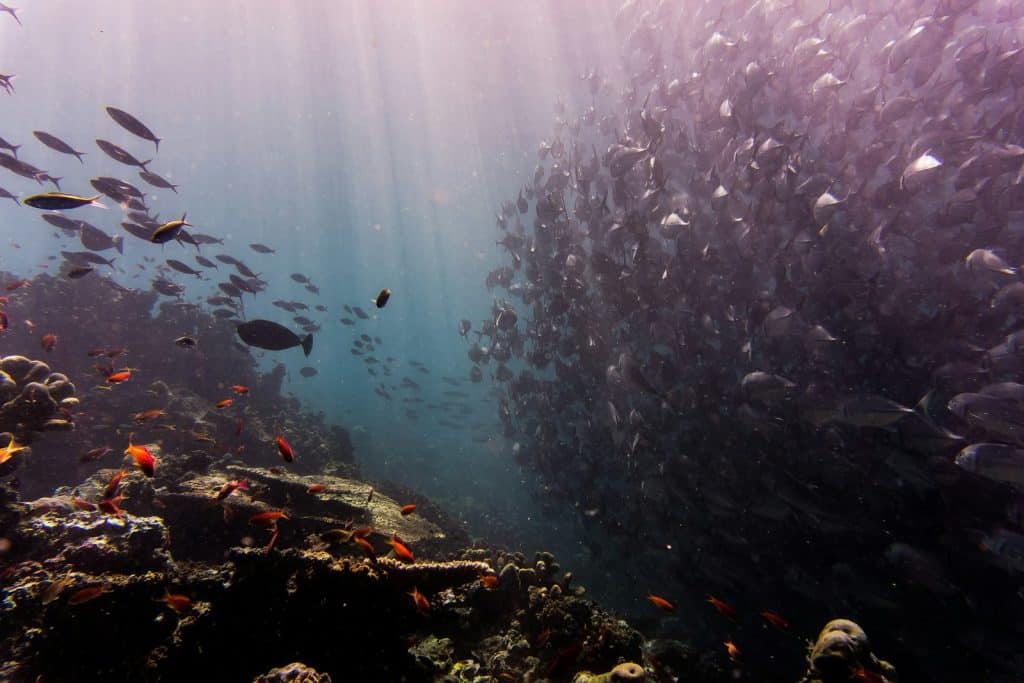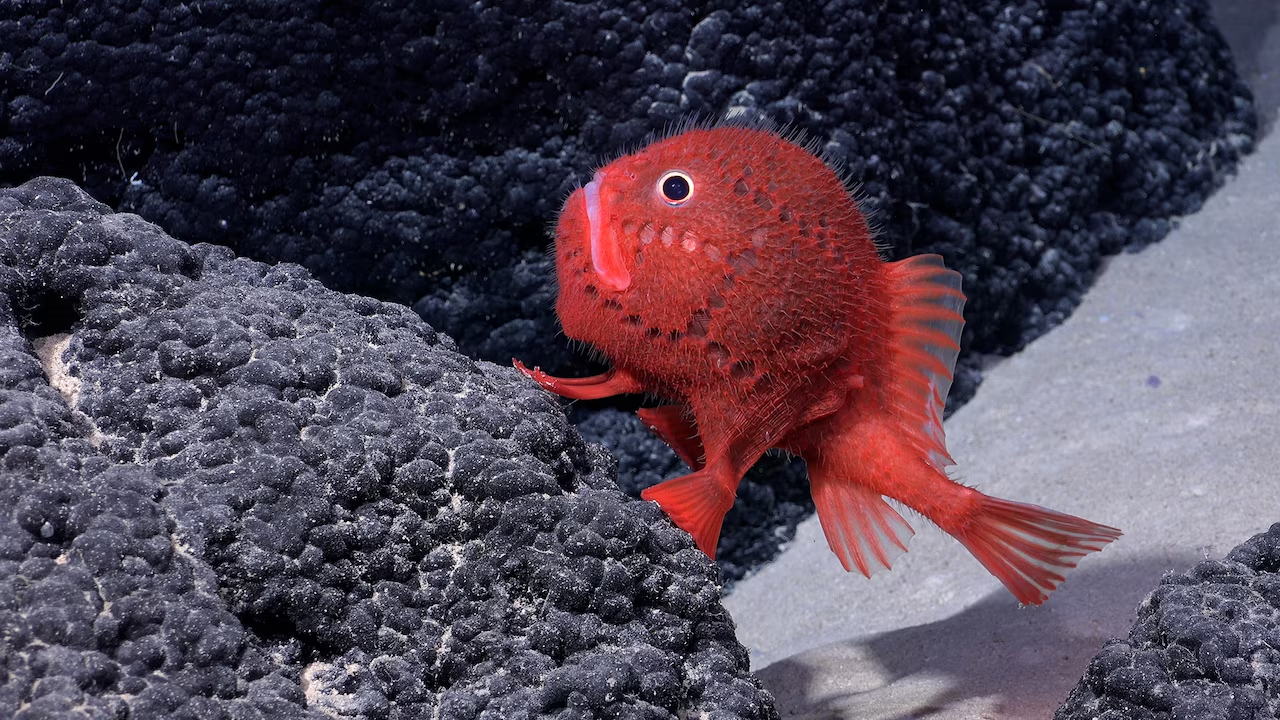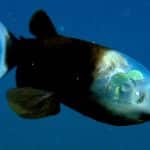It’s amazing to think about how much of the deep sea hasn’t been explored yet. We often focus on outer space, with scientists working on large projects and budgets to explore space and find out more about what’s out there. However, we still don’t know much about the ocean.
Thankfully, scientists have been supporting the exploration of the deep sea and discovering new species to understand more about our planet’s diversity.

In a recent expedition, scientists discovered what appears to be a new type of sea toad on an underwater mountain near Chile. Erin Easton, an assistant professor at the University of Texas Rio Grande Valley, led the expedition, focusing on the Nazca Ridge, Salas y Gomez Ridge, and the Juan Fernandez Ridge.
They used a robotic underwater vehicle, or ROV, equipped with lights and cameras to explore more than 5,000 feet underwater and live stream the incredible things they found in the ocean.
The scientists found a life form resembling a living constellation and moving like an underwater tumbleweed.
Tumbleweed is a plant that looks like a big, prickly ball of tangled stems. It rolls around in the wind, scattering its seeds as it goes. You can often see it in the desert.
They also found red shellfish with long, thin legs covered in spikes and many organisms that light up in the dark.
However, one sea creature that stood out was a type of fish that can “walk” and has big eyes and skin that looks like it was made with crochet yarn. It resembles a sea toad, a type of deep-sea anglerfish that ambushes its prey by using lures to attract them before attacking.

The sea toad has a thin, see-through skin with small needles for protection and feeling. Its modified fins help this creature move on the seafloor, which saves energy and is also a way to catch prey.
This sea toad was discovered in the southeastern Pacific, and experts believe it could be a completely new species.
However, Bruce Mundy, a retired U.S. National Oceanic and Atmospheric Administration fishery biologist, stated that there isn’t much information about the behaviors and biology of these sea toads.
What do you think about this new walking fish? Comment below!






 ! Boys and Girls!
! Boys and Girls!



